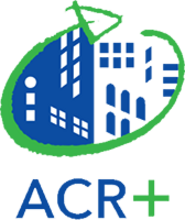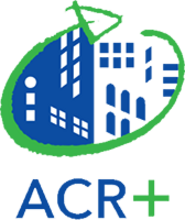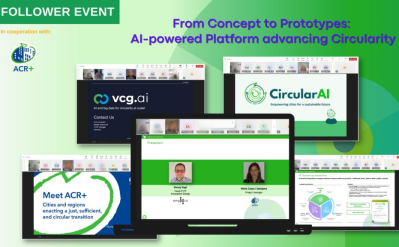News
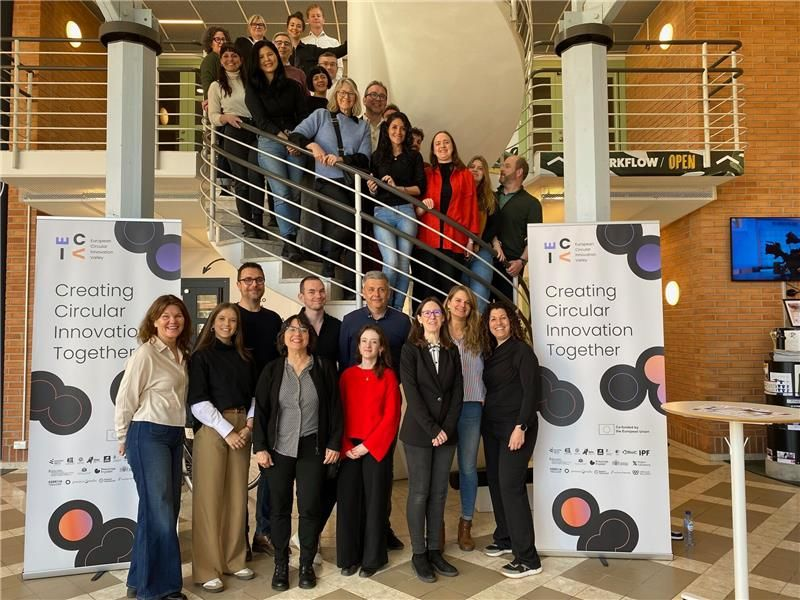
Industrial symbiosis, the bioeconomy and the circularity of material flows to guide ECIV regional action plans
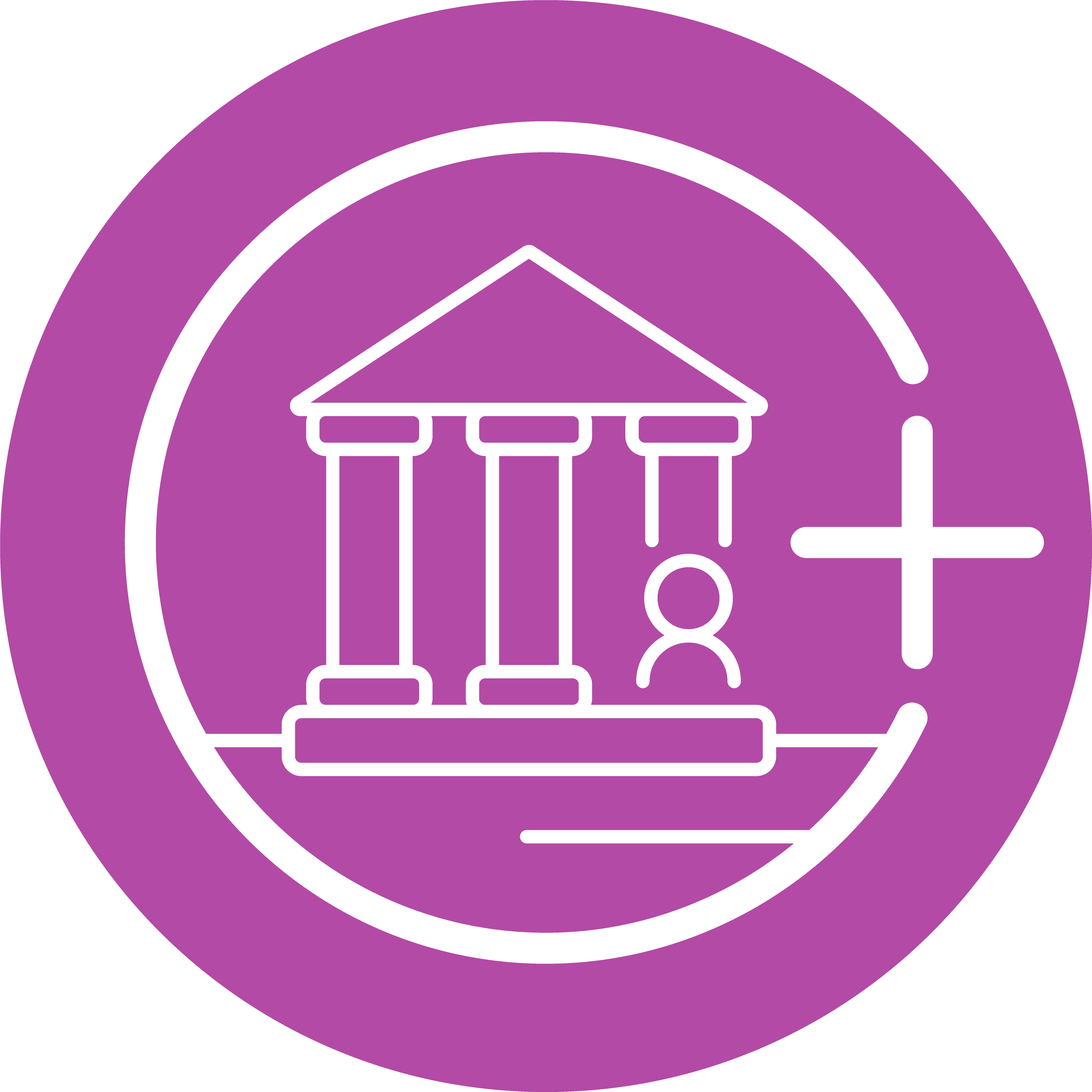
To accelerate Europe’s transition to a circular economy by 2029, the ECIV project is working on interregional missions for the circular economy. At the last meeting of the project, on 24-26 March in Dalarna (SE), partners decided that the action plans behind those missions, and ensuring that ECIV efforts generate quantifiable progress, will be developed around industrial symbiosis, the bioeconomy and the circularity of material flows. Unlike a traditional innovation approach, mission-driven innovation focuses on defining cross-sectoral objectives and mobilising the collaboration of a variety of stakeholders to achieve them.
The consortium meeting focused on how successful circular economy models can be adapted and applied in different European regions. With input from Piret Tõnurist, an expert from the OECD's Public Innovation Observatory, partners exchanged on best practices for scaling up initiatives based on the ECIV missions. Local practices were highlighted like the production of green steel by the Nordic steel company SSAB, the Sweedish Whool Initiative's approach to textile circularity, and Sweden and the North-Central Region's efforts in bioeconomy.
Partners also uncovered one of the recipes to reaching efficiency: start with a (measured) diagnosis, and then, thanks to this detailed knowledge, to implement priority actions. They will produce measurable effects in the short term and start a process of transformation.
